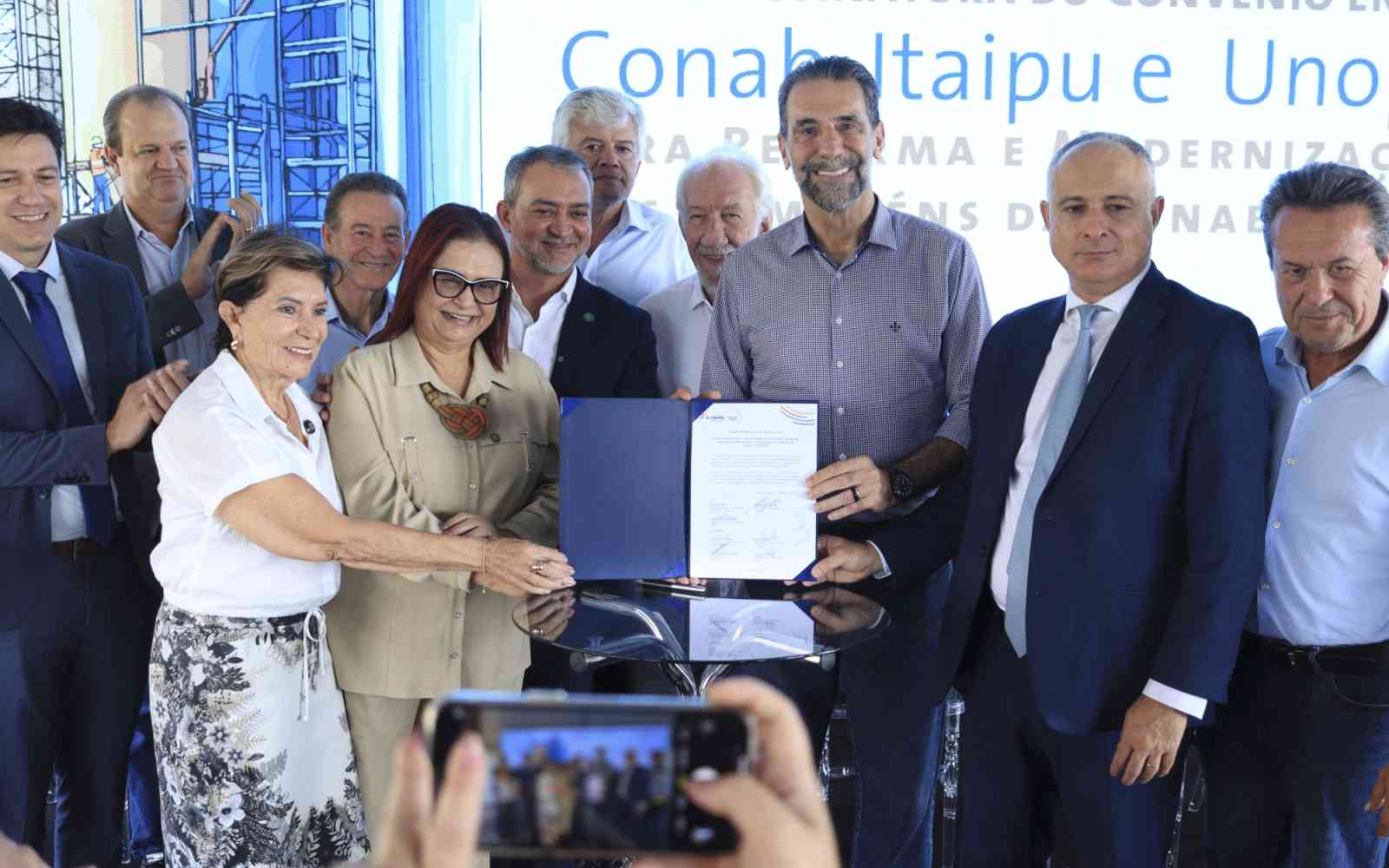The United Nations Office for Project Services (UNOPS)

Construction site workers deserve a safe environment
Health and safety on construction sites should be the norm, not the exception – regardless of which country you're in.
According to the International Labour Organization, more than 2.3 million people a year die from workplace accidents and illnesses. And millions more experience a significant reduction in their quality of life.
Approximately one in six of all fatal work accidents a year occur in the construction sector. That translates into about 60,000 people working in construction who lose their lives in just one year.
The development sector is not spared from the suffering brought by these injuries and illnesses. UNOPS often works with local contractors in some of the most challenging locations in the world to implement development projects. Sadly, however, in some locations, workplace safety isn't fully appreciated – or barely exists.
This is due to a number of factors. In some countries, the health and safety regulations in place are too weak. In other countries, the health and safety regulations that are in place are often ignored.
Lack of information or understanding of health and safety best practices also leads to inadequate performance in this area.
Contractors sometimes see health and safety as an additional burden that increases the time to complete the projects as well as the costs. And they don’t always see the incentive for raising their standards.
In countries facing other challenges – such as conflict, internal displacement or poverty – health and safety on construction sites doesn't always take centre stage or move to the top of the priority list.
All of this has an effect on the culture of health and safety – which too often takes a back seat to other concerns. But health and safety should be taken seriously regardless of the country you're working in.
All workers have the right to work in a safe environment that allows them to go back to their families – alive, unhurt and healthy.
UNOPS is working to ensure just that for the projects we implement around the world. We help contractors to build up their health and safety capacity by encouraging them to adopt basic health and safety standards, regardless of the country.
Working side-by-side with contractors – often small or medium-sized businesses – we train them on the job and help to build up a health and safety culture.
Even before contractors are chosen to work on UNOPS-implemented projects, they're made aware of UNOPS health and safety policies and requirements, which they are also required to follow.


Those policies and requirements include developing risk assessments, conducting weekly worksite inspections and arranging site inductions. The site inductions cover a variety of topics, ranging from providing information on the site logistics plan, hazards and evacuation procedures to explaining emergency and first aid procedures, as well as the duties and responsibilities of everyone on the worksite.
And if an incident or near miss does occur, contractors must report these to UNOPS. It must be thoroughly investigated and steps must be put in place to prevent it from occurring again. This helps ensure that lessons learned are used to make worksites even safer.
Not only does this save lives but it also makes local contractors more competitive for future jobs while helping to ensure workers return back to their families – free from injuries and illnesses.
All of this may seem like a drop in the ocean. But each person that we work with on improving health and safety standards takes that knowledge with them to the next construction site. And the next one. And the next one – bringing and spreading that culture of health and safety with them.
Itai Mukuvari and Nives Costa
Itai Mukuvari is the Head of Unit for Health, Safety, Social and Environmental Management at UNOPS. He has more than 18 years of experience in occupational health and safety as well as environmental and social management, covering international development, construction, mining and water treatment.
Nives Costa is a Health, Safety, Social and Environmental Management Specialist at UNOPS. She has 14 years of experience in mainstreaming sustainability in operations and projects. Her expertise includes environmental and social management in United Nations organizations, mostly focusing on developing countries.














